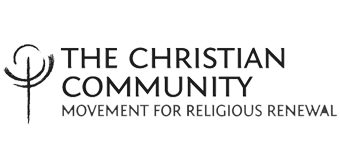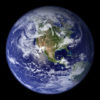Contemplation on John 16
“These things I have spoken to you, that in Me you may have peace. In the world you will have much hardship; but take courage, I have overcome the world.”
John 16:33
Contemplation on John 16
By Mimi Coleman
So many people have been in their homes now for weeks, a month or more. We have tried to keep our distance, to keep ourselves safe, to keep others safe. In order to do this we’ve had to step out of our usual rhythm of life, away from all the things we would normally do. It has given us the opportunity to establish new patterns and activities, to set aside other habits, and to think about how we might like to go forward next, while also knowing that we may need to withdraw to our homes yet again.
How was it for us as we went to our homes? Were we prepared for our loneliness? Did we scatter and withdraw well-equipped for what we would face? I don’t mean only did we have enough food or supplies, but also did we have the inner resources we would need?
In this week’s gospel reading we hear that the disciples will be scattered, “each one to his home,” or, depending on the translation, “every man to his own,” or again, “each one into his own loneliness.” This now sounds very familiar to us, not only as something that was said to a few people thousands of years ago. This is very timely, though the reasons then were different than they are now.
Christ Jesus explains earlier in the chapter, that it is also to the disciples’ advantage that he goes away to his father where he had his origin, “…for if I do not go away the comforter will not come to you, but if I go, I will send him to you.” We thus hear him encouraging this kind of aloneness for his disciples. Do we dare encourage ourselves to be alone? Are we being alone out of fear, or because we were told to do so? Or are we finding the opportunity within the imposed, or self-imposed, isolation. How are we using this time? Are we able to tune in to the divine all around us and within us?
Christ Jesus would prepare us for such a time as this that we are living. After all, he withdrew many times throughout his ministry, either on to a mountain, or by himself alone, away from the crowd.
The disciples have to go to a place of their own, to withdraw and feel the meaning of the events of Holy Week and of Easter; only then will the Holy Spirit be able to come and enlighten them. My hope is that as many of us as possible will also experience that comforter in our loneliness, when we are on our own. May we have the spirit courage we need to get us through this time.

